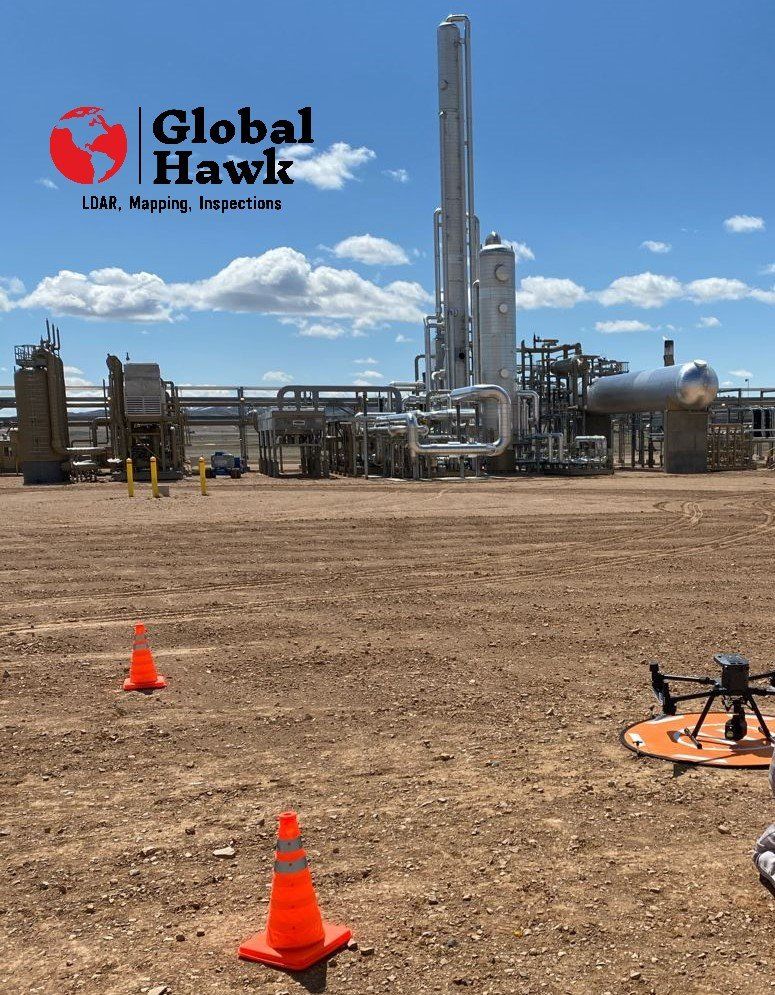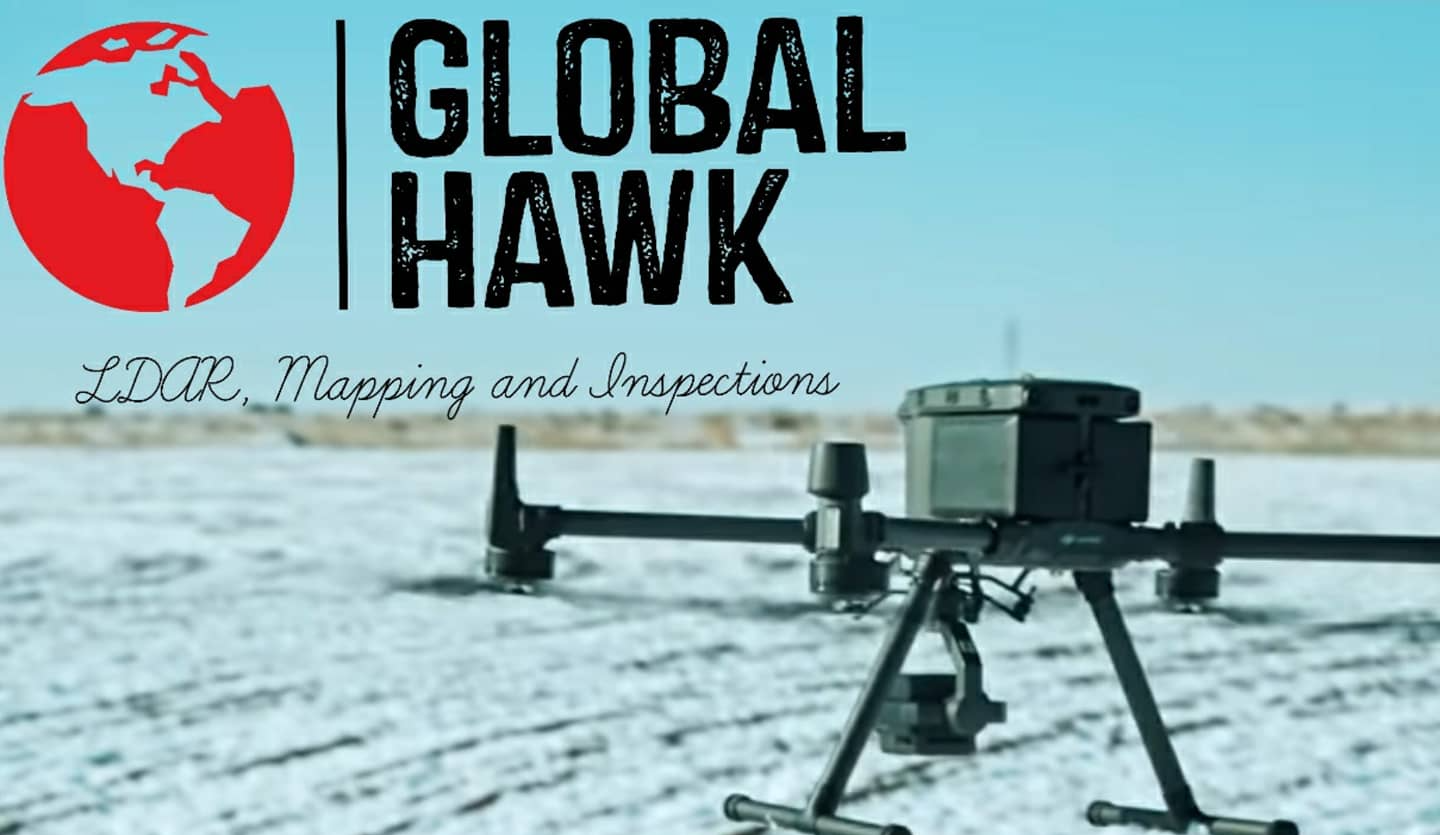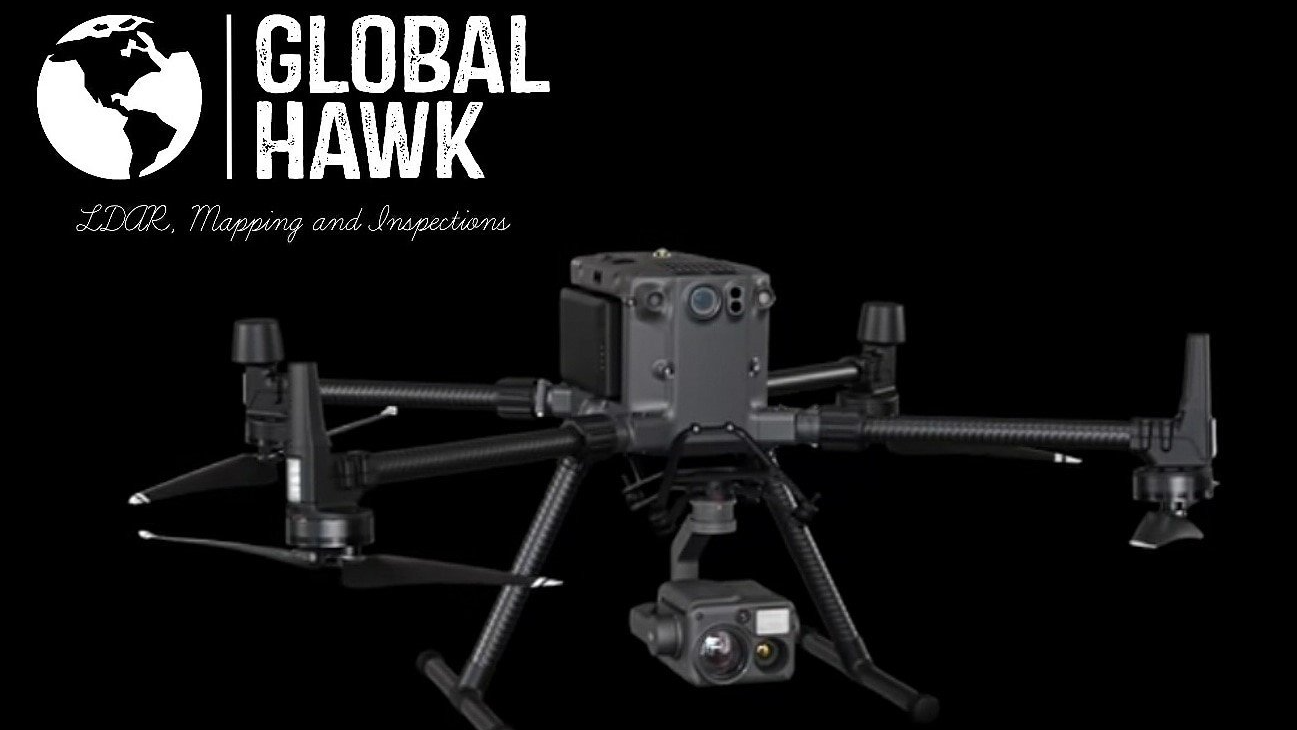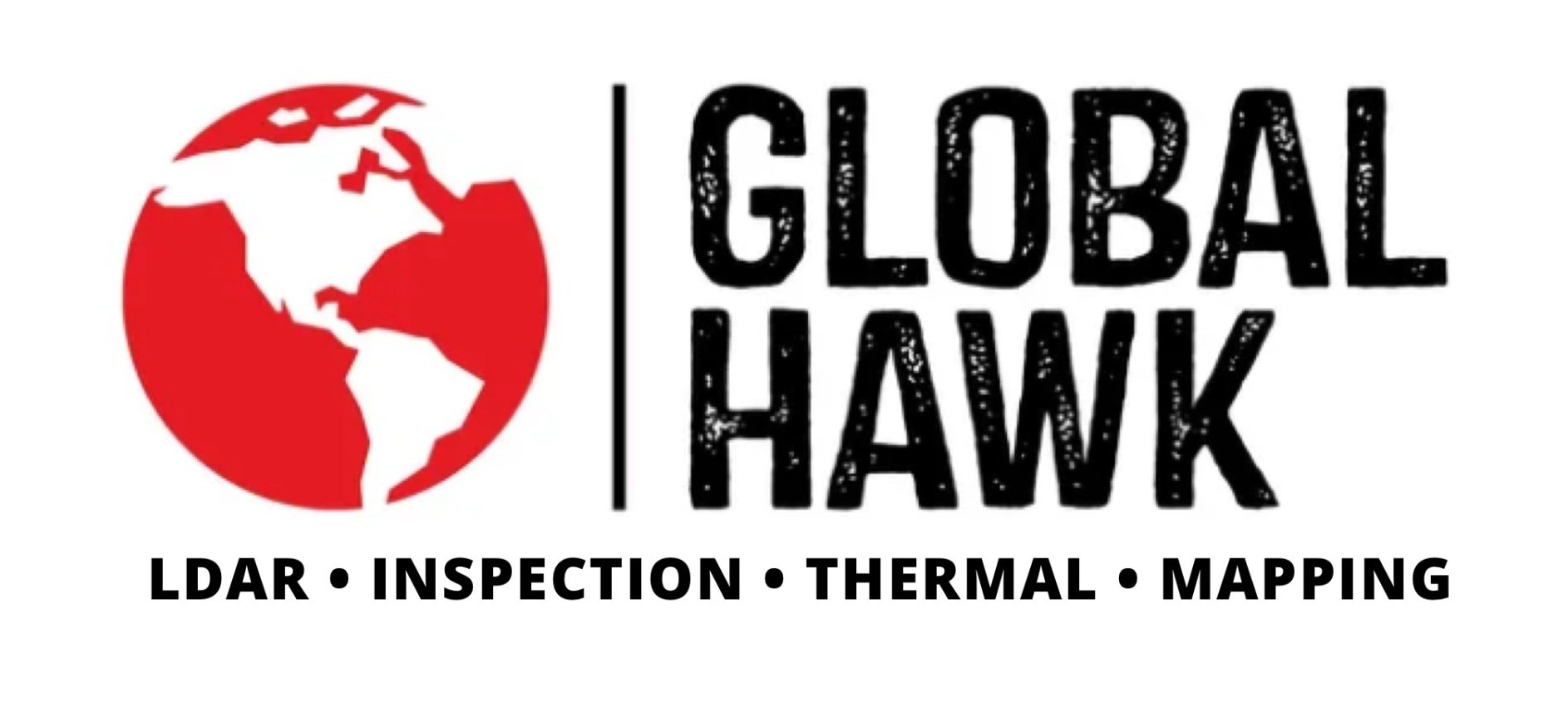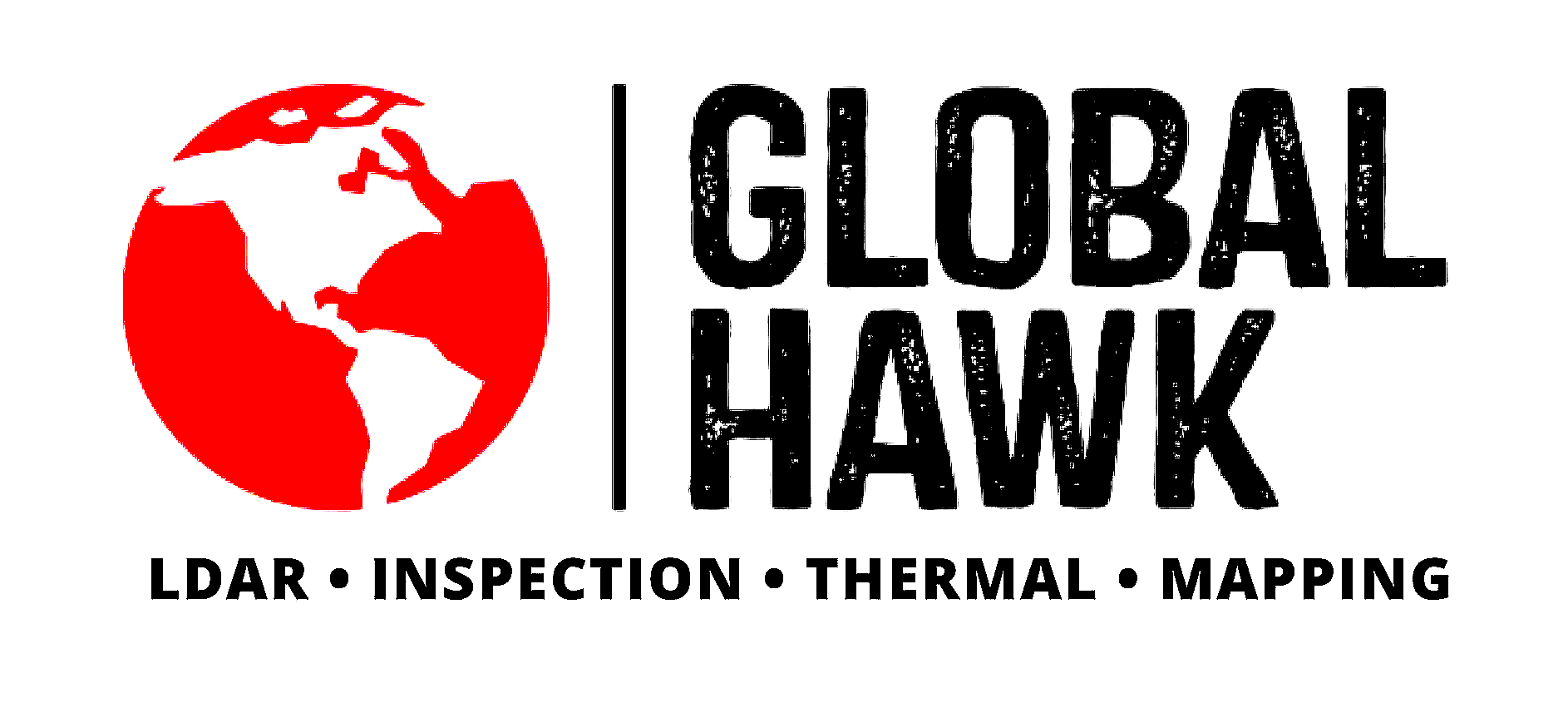Safety and Savings of Pipeline Inspections Via Drone - UAS
Like many other industries drone efficiency can assist midstream focused oil and gas companies that traditionally use aerial surveillance and ground crews to monitor existing pipelines. Many pipeline operators inspect above-ground pipelines aerially at least monthly to meet federal and state requirements. We have a more efficient method of inspection than the Industry standard pricing for a helicopter crew ($2,500-$4,500 per hour depending on whether the service is an aerial inspection or involves sophisticated sensing equipment). According to the EIA, the US has more than 305,000 miles of interstate and intrastate natural gas transmission pipelines, in addition to over 55,000 miles of crude oil trunk lines and thousands of miles of additional lateral crude gathering lines. Many of these pipelines are constructed below ground, and therefore do not require much aerial monitoring. However there are many abandoned pipelines and wells above ground that thermal inspections are a necessity to be in compliance with applicable regulations.
The main risk posed by an oil or gas pipeline is the existence of a spill or a leakage that threatens to cause an environmental disaster, not to mention the risk of an explosion. A thorough system for pipeline monitoring requires the use of specific drone sensors that can detect rust or corrosion – or if the pipeline is beneath the ground, the existence of methane or changes in the surrounding vegetation that indicate a failure. One of the main benefits of using drones for oil and gas inspection is they can be programmed to cover large areas in a systematic way, as well as get to difficult to reach areas. Not only is this more cost-effective, but it allows inspectors a safe, flexible solution to many issues of restricted access, which may prove crucial in identifying a problem.
